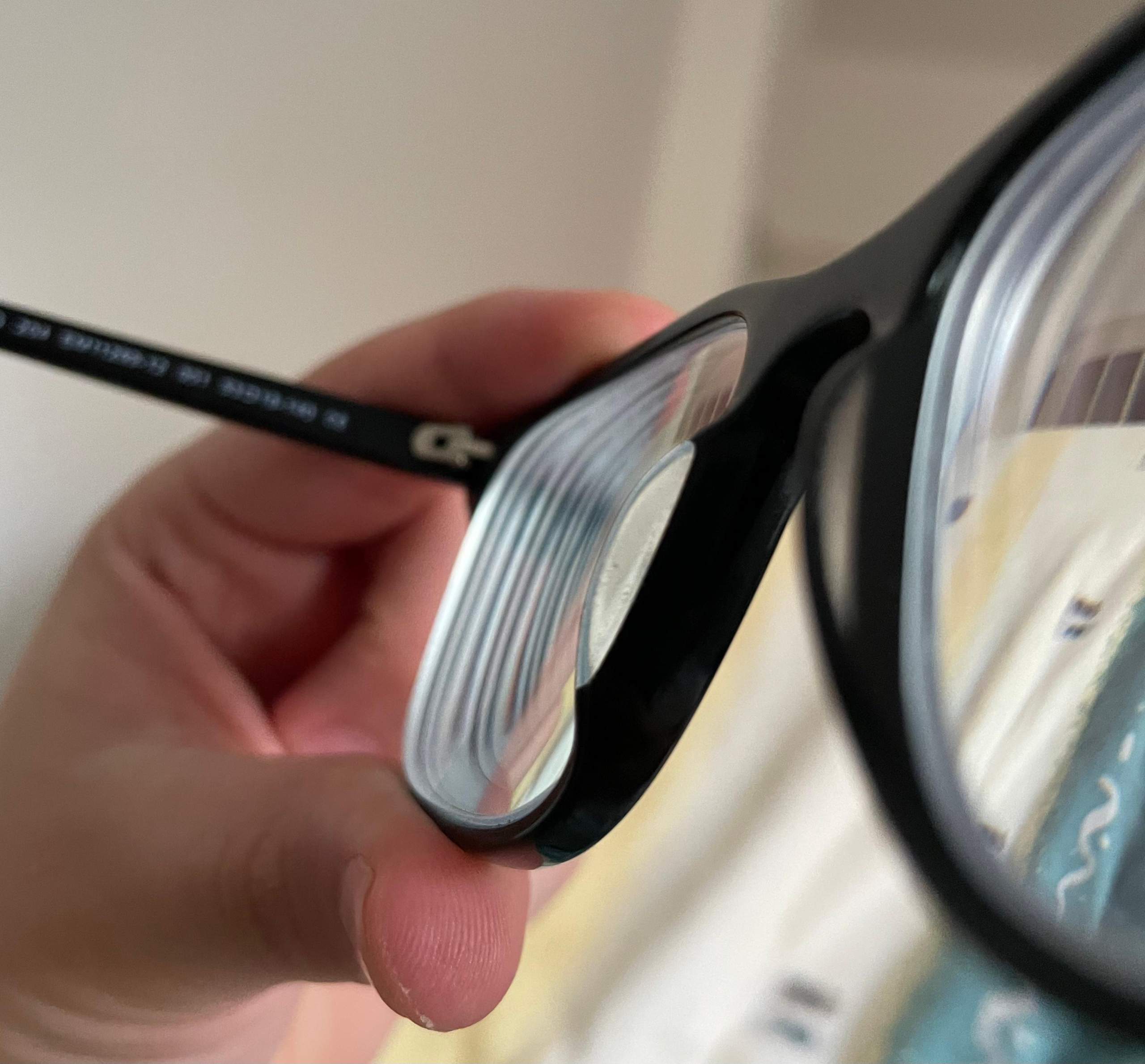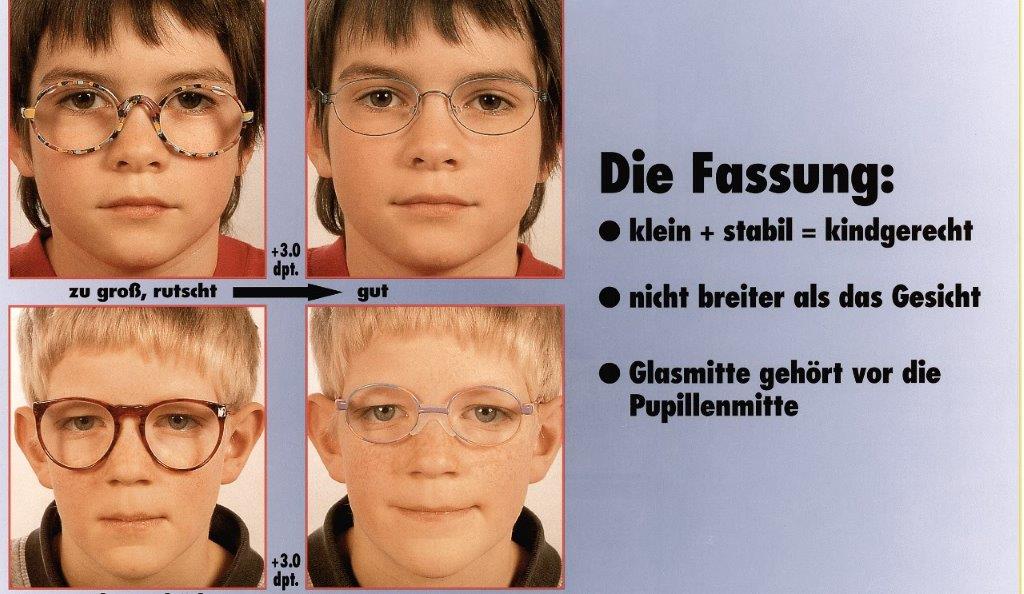
Widmann 4951M - Brille super kurzsichtiger, schwarz, Scherzartikel, Streber, Karneval, Mottoparty: Amazon.de: Spielzeug

Dicke Brillengläser adè! … | BrillenKinder by OPTIKER KRAUSS I Kinderoptometrie I Vision Care Since 1907 I Wir sind Ihre Berliner Spezialisten für Brillen - für Babies, Kinder und Jugendliche.

Widmann 4951M - Brille super kurzsichtiger, schwarz, Scherzartikel, Streber, Karneval, Mottoparty: Amazon.de: Spielzeug

Lustige Mädchen In Dicken Glas Gläser Stockfoto und mehr Bilder von Brille - Brille, Dicht, Linse - Augapfel - iStock

Warum sehen meine Augen durch meine Brille kleiner aus? Wie man das vermeidet - Die Brillenmacher Wallstadt

Junger Mann Mit Einem Überraschten Ausdruck Und Eine Dicke Brille Auf Weißem Hintergrund. Lizenzfreie Fotos, Bilder und Stock Fotografie. Image 39895407.










/cloudfront-eu-central-1.images.arcpublishing.com/madsack/OQWRL46FQXV27ENB7ABGSTDCFA.jpg)
































